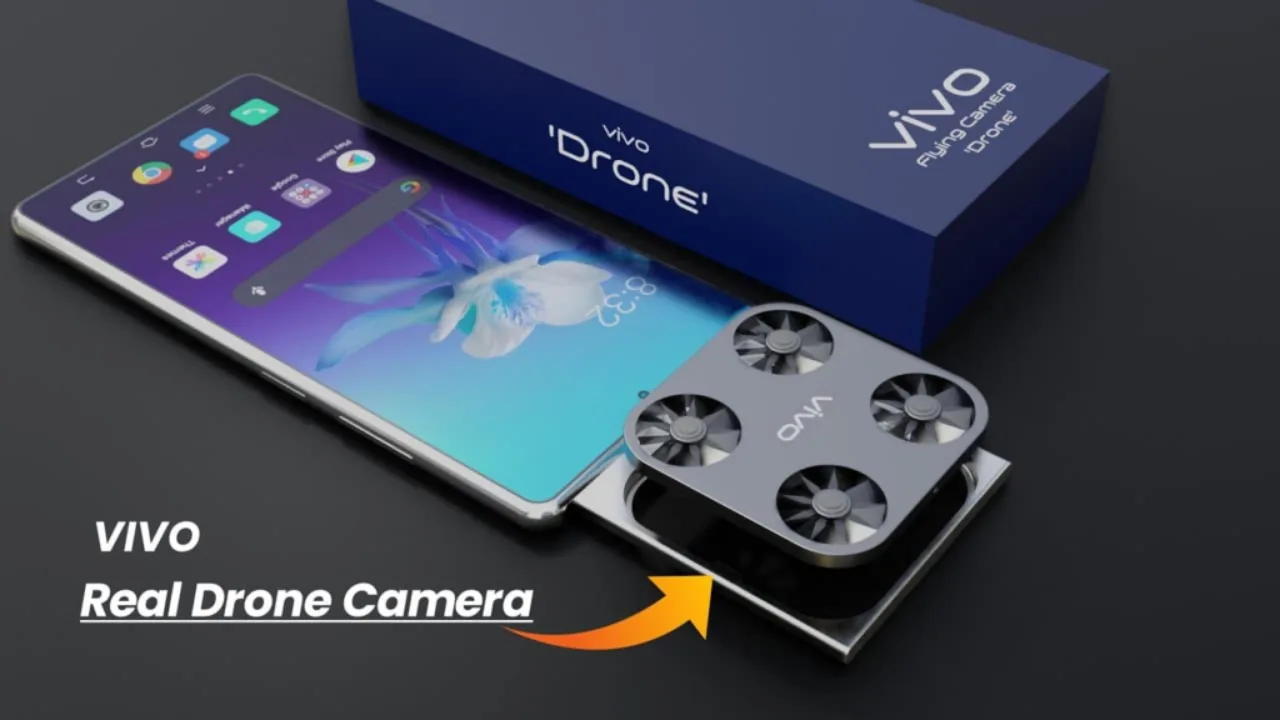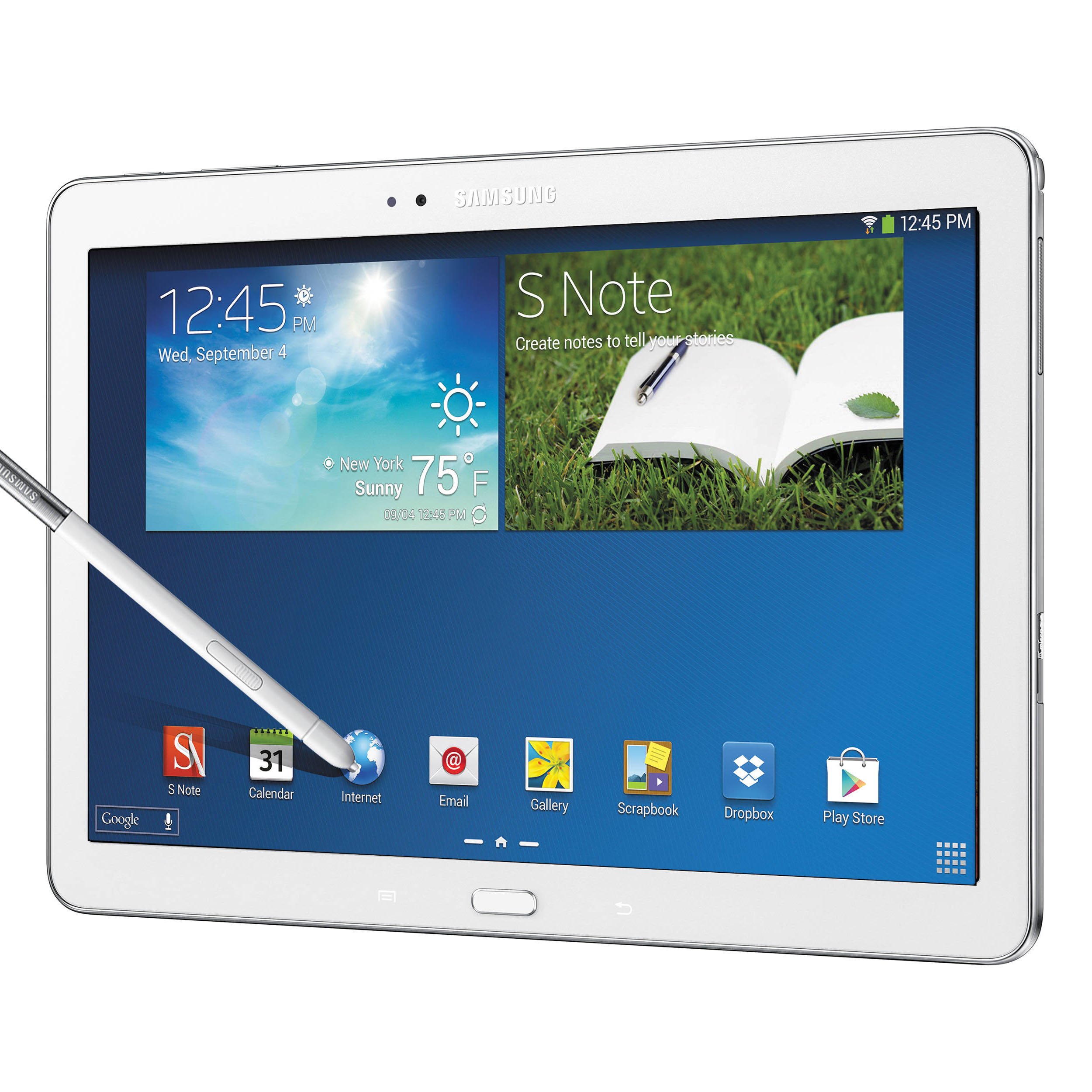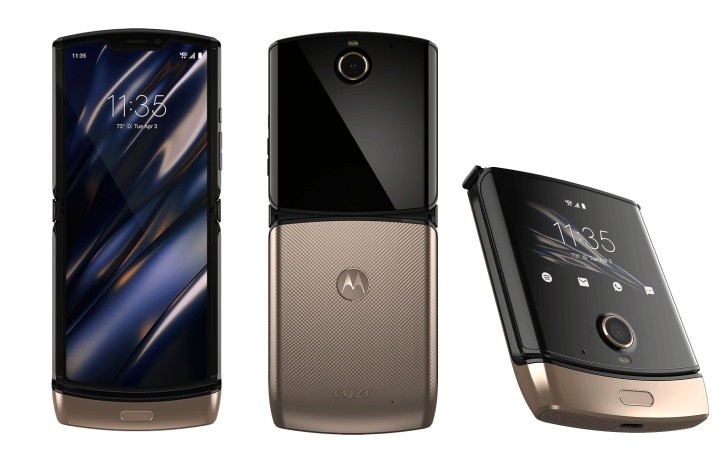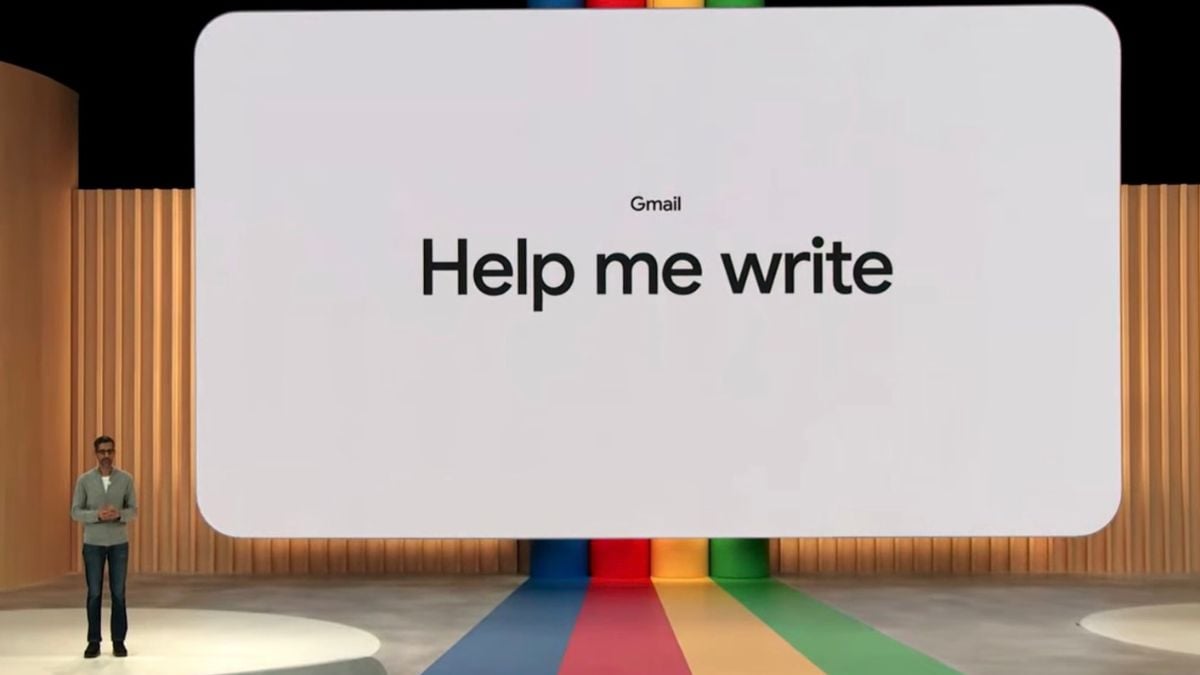The Vivo Flying Camera Phone is an exciting concept that has captured the imagination of tech enthusiasts worldwide. Imagine a phone with a detachable camera module that can fly like a mini drone, capturing stunning aerial shots from unique angles. While this concept has not been officially announced by Vivo yet, it offers a glimpse into the potential future of mobile photography.

Equipped with high-resolution sensors and advanced stabilization technology, the detachable camera module promises to capture breathtaking aerial photographs and videos. This innovative device could revolutionize the way we capture memories and share experiences.
Specifications:
– Display: 7.2-inch AMOLED
– Processor: Snapdragon 8 Gen 2
– RAM: 12GB
– Storage: 256GB, 512GB
– Rear Camera: Triple camera system (main sensor unknown)
– Flying Camera Module: 48MP sensor, gimbal stabilization
– Battery: 5000mAh
The possibilities offered by the Vivo Flying Camera Phone are endless:
1. Professional-grade aerial photography and videography: Capture stunning landscapes and event footage from previously inaccessible angles.
2. Enhanced travel experiences: Document your adventures with unique aerial shots of landmarks and scenic landscapes.
3. Content creation revolution: Elevate your social media content and vlogs with captivating drone footage.
4. Personal safety and security: Monitor your surroundings or property from a bird’s-eye view for added peace of mind.
5. Search and rescue operations: Assist in search and rescue efforts by providing aerial reconnaissance in hard-to-reach areas.
While the Vivo Flying Camera Phone is still a concept, it represents a significant advancement in mobile photography technology. As technology continues to evolve and regulations adapt, we may see this futuristic concept become a reality in the future.
The Vivo Flying Camera Phone offers a glimpse into the future of mobile photography. Its innovative design and potential applications spark excitement for the possibilities it holds. With continued advancements in technology, we can expect to see even more groundbreaking developments in the realm of mobile devices, blurring the lines between smartphones and powerful imaging tools.










